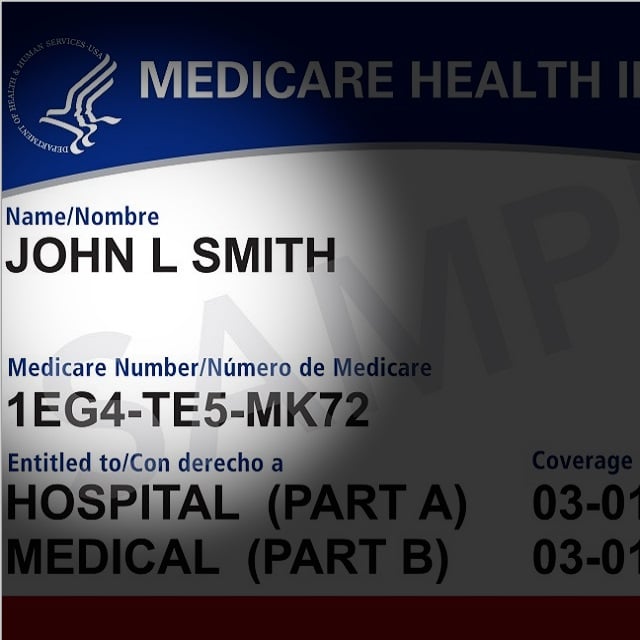5 Biggest ACA Exchange Markets' 2019 Rates
What will happen to overall ACA exchange plan premiums in 2019?
CMS recently reported that, in the HealthCare.gov states, average premiums for key benchmark plans — the moderately rich "second lowest cost silver plans — will fall 1.5%, to $406. ACASignups.net, a blog that covers ACA exchange program performance, is reporting, using a different pricing indicator — the weighted average cost of all exchange plan coverage — that prices at the state-based exchange programs will increase about 4%. ACA does not publish data on average premiums at the state-based exchange programs. CMS says the average cost of exchange plan coverage at the state-based exchange programs is now about $526 per enrollees. A 4% increase would push the average to $547. Of course, individual health insurance markets vary widely from state. For a look at what's happening to average 2019 exchange plan premiums in the five biggest ACA exchange plan markets, see the data cards in the slideshow above.
What is an ACA public exchange?
ACA public exchange programs are supposed to give people a way to shop for individual major medical coverage from private health insurers, and to use federal advance premium tax credit (APTC) subsidies to pay for their coverage. Originally, states were supposed to start their own state-based exchange programs. CMS set up HealthCare.gov to run exchange programs for residents of states that were unwilling or unable to provide exchange services. HealthCare.gov now handles exchange plan administration in 39 states. Local organizations run the ACA exchange programs in 11 states and the District of Columbia.
When will the 2019 open enrollment period start?
Regulators, insurers and ACA exchange programs have created an "open enrollment period" system, or limits on when people can buy individual major medical coverage without showing they have a good excuse to be doing so, to try to scare healthy people away from waiting until they get sick to buy coverage. Covered California started its open enrollment period today. Its open enrollment period will run until Jan. 15. In other states, the open enrollment is on track to start Nov. 1 and end Dec. 15. Open enrollment for 2019 coverage started today in California, and is set to start Nov. 1 in the rest of the country.
Why are these figures a little misleading?
One problem is that the best premium increase figures available for California give the average increase for all coverage, rather than the average increase for the "second lowest-cost silver plan" (SLCSP) benchmark plans. The other premium increase figures used here are SLCSP figures. Two other, bigger problems are that more than 80% of consumers use APTC subsidies to pay for the coverage, and that consumers at all income levels shop for coverage based at least partly on price. Subsidies and shopping can lead to big, unexpected shifts in what people actually pay out-of-pocket for coverage. U.S. Government Accountability Office analysts, for example, reported in August that the average amount HealthCare.gov users actually pay out of pocket for silver coverage fell to $88 per month this year, from $101 month in 2017, even though the full average monthly price of silver coverage has increased to $614, from $424.
Why do these figures matter to agents?
The ACA exchange programs work with agents in some cases and compete in other cases. The performance of the ACA exchange plan market may also affect other insurance markets: Consumers who are spending less on health insurance may have more to spend on dental insurance, critical illness insurance or hospital indemnity insurance. — Read 5 Plot Twists From the New GAO HealthCare.gov Report, on ThinkAdvisor. — Connect with ThinkAdvisor Life/Health on LinkedIn and Twitter.
© 2025 ALM Global, LLC, All Rights Reserved. Request academic re-use from www.copyright.com. All other uses, submit a request to [email protected]. For more information visit Asset & Logo Licensing.
Featured Resources
View All
Sponsored by Illinois Mutual Life Insurance Company
4 Reasons To Sell Simplified Issue Disability Income Insurance (SIDI)

Sponsored by Illinois Mutual Life Insurance Company
Simplified Issue Disability Income Insurance (SIDI): A Smarter Way to Sell and Protect







